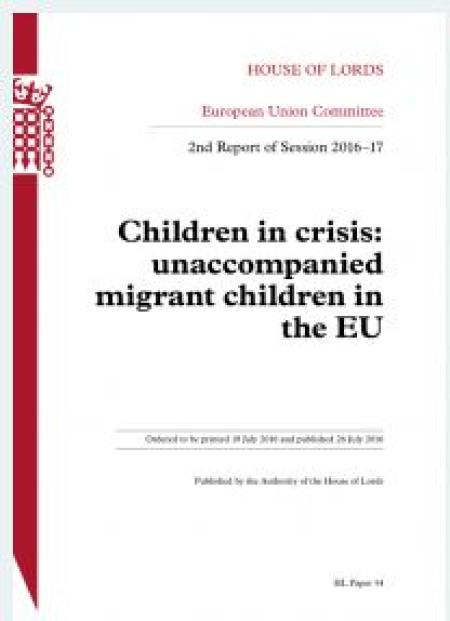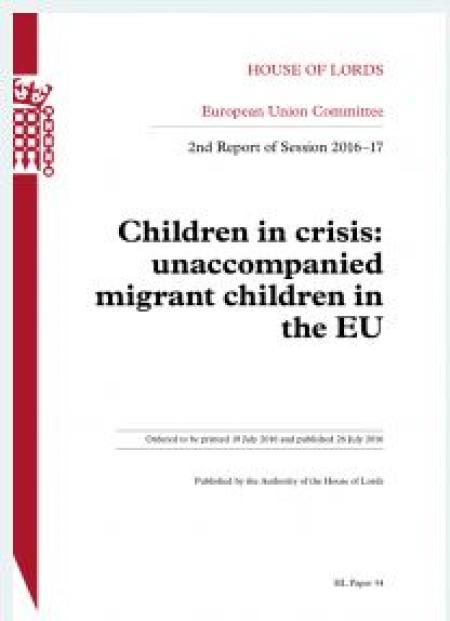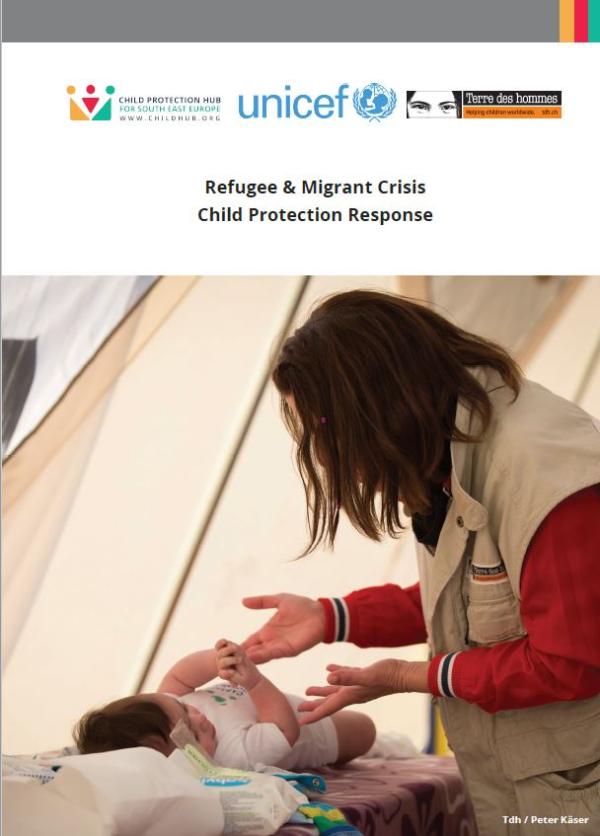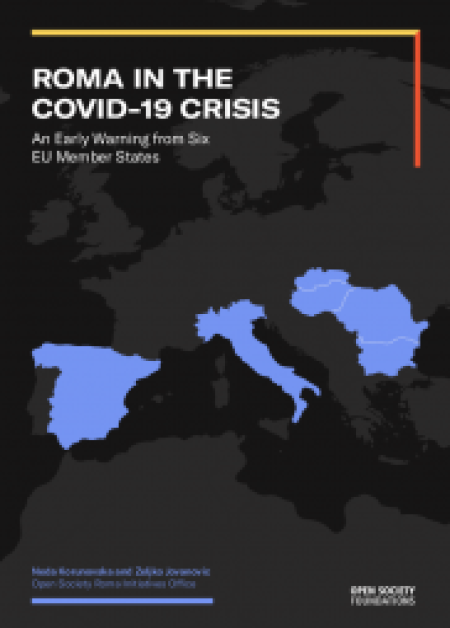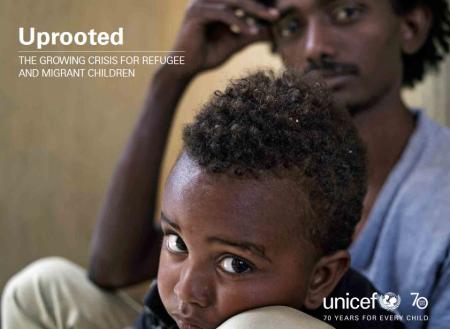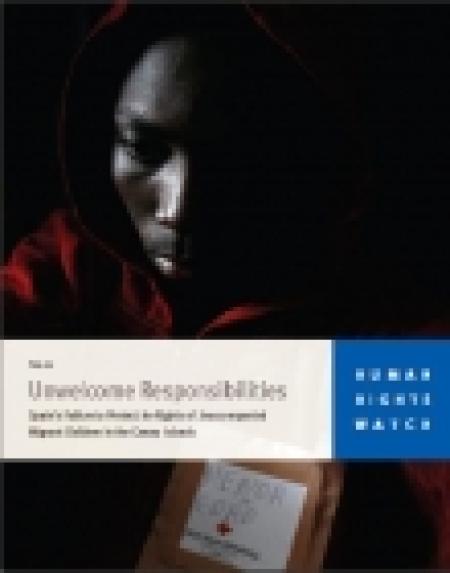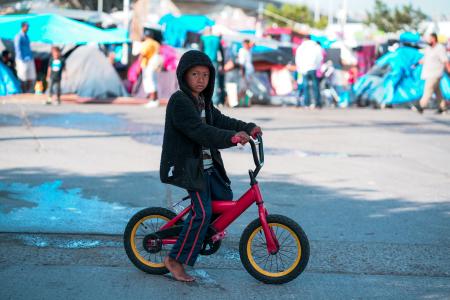
The current report was commissioned by the European Union Committee of the UK House of Lords. It covers the situation of foreign unacommpanied children in Europe.
The report states:
"The implementation of existing EU measures to protect unaccompanied migrant children has been poor, and the European Commission has not renewed its 2010–2014 Action Plan on unaccompanied minors. We are concerned that the EU and its Member States—including the UK—may have lost sight of the plight of unaccompanied migrant children. We have therefore sought to assess the nature and scale of the challenges they face across the EU. We have asked whether existing EU provisions are sufficiently clear and enforceable, and what further measures are needed to address the needs of unaccompanied migrant children."
It continues: "a number of underlying, cross-cutting problems affect unaccompanied migrant children. They face a culture of disbelief and suspicion. Authorities try to avoid taking responsibility for their care and protection. Existing EU and national measures are poorly implemented. Unsurprisingly, many children have lost trust in the institutions and measures intended to guarantee their rights, safety and well-being. These underlying problems have contributed to deplorable reception conditions, particularly in refugee camps, while prolonged uncertainty about children’s legal status has left them ‘living in limbo’. Such outcomes have in turn exposed vulnerable children to smugglers and human traffickers, and it is conservatively estimated that at least 10,000 unaccompanied migrant children are currently missing in the EU. At the same time, a lack of comparable, reliable data makes evidence-based and tailored policy-making difficult.
The EU and its Member States, including the UK, must act urgently to address these complex problems. In this report we suggest a number of potential solutions, many of them as cross-cutting as the problems they are intended to address. Integrated child protection systems, focused on the best interests of the child, should be adopted across the EU, ensuring that children are, first and foremost, treated as children, whatever their immigration status. The EU institutions and Member States must improve data collection and sharing, particularly when identifying and registering unaccompanied children, and should work to achieve durable solutions once those children are in care.


